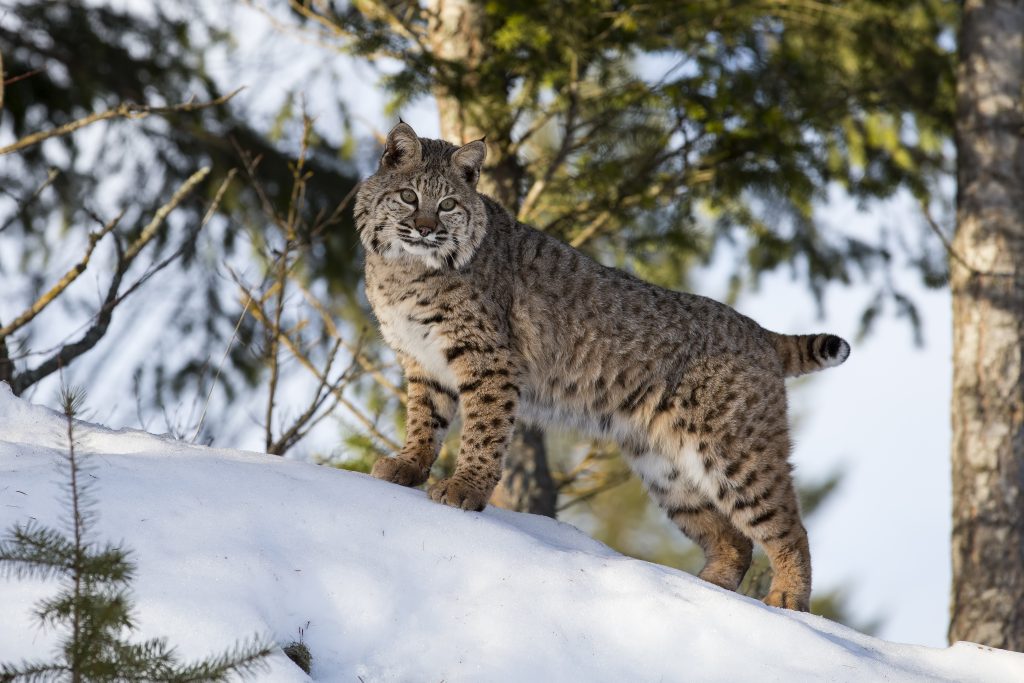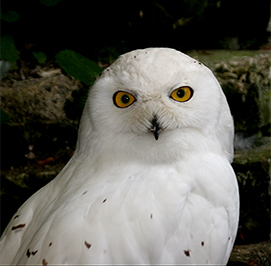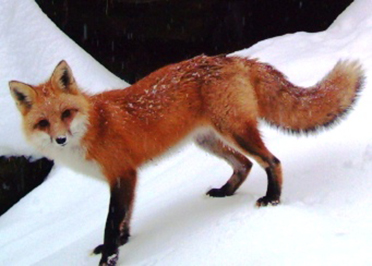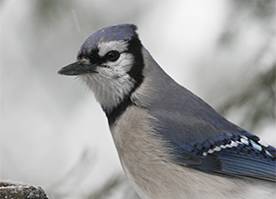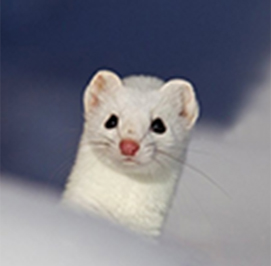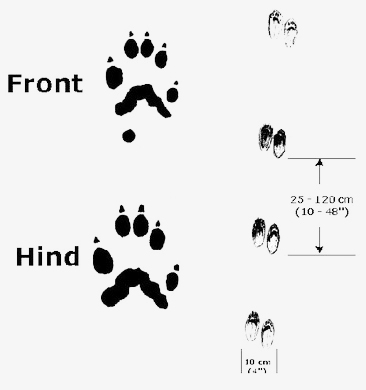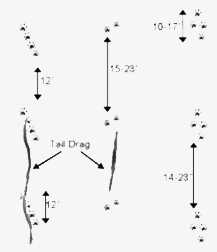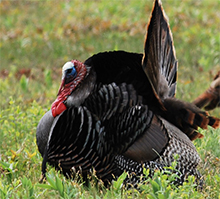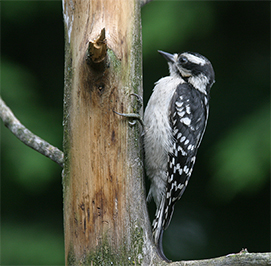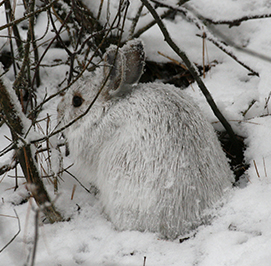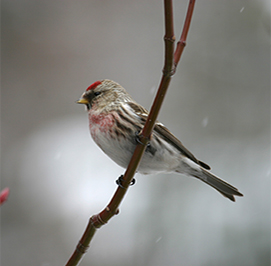February 7, 2017
By: Jackie Bowen – Adirondack Council Conservation Fellow
Winter is one of our favorite seasons up in the Adirondack Park. It is a bit quieter as you will see less people braving the trails covered in snow. We look forward to snowshoeing, skiing, snowmobiling, ice skating, and dog sledding on fresh fluffy snow. Wintertime is peaceful in the Adirondacks. As an added bonus, you are more likely to see some iconic Adirondack wildlife. When you’re out and about in the Park, keep your eyes peeled for some of these winter loving Adirondack animals.
|
|
||||||||
|
|
||||||||
Ermine Tracks |
River Otter Tracks |
||||||||
|
|
||||||||
|
|
||||||||
What are some of your favorite animals to spot in the wintertime in the Adirondacks? Comment below and let us know!
|
In 2013, Jackie graduated from SUNY Geneseo with a degree in Anthropology. Although she enjoyed learning about the cultural nuances that influence the way people act and interact with one another, her love of this mountainous region never ceased, and, ultimately, drove her back to graduate school to learn how to help protect this unique corner of the world. As a native of nearby Plattsburgh, Jackie grew up hiking, swimming, cross-country skiing, and camping in the Adirondacks. The ‘Dacks represent restorative and spiritual beauty and the intersectional balance between human and natural life. This is just a sliver of what propelled Jackie to become focused on not only land conservation, but on preserving the ecological integrity and wild character of the beautiful Adirondack Park.
|
||

